
Maharashtra, Puducherry Declare Jan 22 As Public Holiday — See List
Ram Temple Inauguration: The Ram temple in Ayodhya is just a few days away from being inaugurated as the Pran Pratishtha (consecration) of the Ram Lalla idol is scheduled to take place on January 22. The consecration ceremony is set to take place between 12:15 pm and 12:45 pm in the presence of Prime Minister Narendra Modi and other dignitaries, including Uttar Pradesh Chief Minister Yogi Adityanath, RSS chief Mohan Bhagwat, UP Governor Anandiben Patel, and president of the temple trust Mahant Nritya Gopal, on January 22.
Ram Temple and disputes pertaining to its construction have been one of the biggest chapters in India’s political history, which has resulted in the rise and downfall of political parties and figures and has also been a way of luring voters into elections in a bid to attain power.
The issue of Ram Mandir, which dominated Indian politics in the 1990s, has a huge history that saw a plethora of events, from court cases to land disputes to riots and mass movements.
History Of Ram Temple
1853: When It All Began
The history of the Ram Temple dates back to the British period. The first episode of religious violence over the site of Babri Masjid in Ayodhya occurred in 1853. The masjid was constructed by Mughal Emperor Babar in the year 1528. According to a Times of India report, under the rule of Nawab Wajid Shah of Awadh, the Nirmohis, a Hindu sect, emphasised that a Hindu temple was demolished during Babur’s era to build the mosque.
A few years later, the Britishers made a partition at the site and divided it into two sections with the help of a fence. Muslims were given permission to pray within the mosque, while the outer court was granted to Hindus.
1858: Puja Inside Babri Masjid
The issue of Ram Temple saw its first brush with the law in the year 1858. In a first, an FIR was filed on November 28 against a group of Nihang Sikhs who had conducted rituals inside the Babri Masjid.
Notably, the FIR acted as key evidence in the 1,045-page verdict by the Supreme Court in 2019, as per an India Today report.
Sheetal Dubey, the station house officer of Avadh, wrote in his report: “Mr Nihang Singh Faqir Khalsa, a resident of Panjab, organised Havan and Puja of Guru Gobind Singh and erected a symbol of Sri Bhagwan, within the premises of the Masjid,” as quoted in an Indian Express report.
During the hearing of the Ram Janmabhoomi case in the apex court, the Hindu side produced a report dating back to November 28, 1858, submitted by Dubey. The report threw light on an incident when havan and puja were held inside the Babri mosque by Nihang Sikh Baba Fakir Singh Khalsa, as per the India Today report.
As per the report, Baba Fakir Singh barged inside the mosque, raising slogans in the glory of the 10th Sikh guru, Guru Gobind Singh, and erected a symbol of ‘Sri Bhagwan’ (Lord Ram). He also wrote ‘Ram Ram’ on the walls of the mosque, according to India Today.

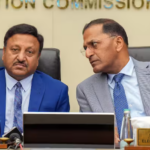


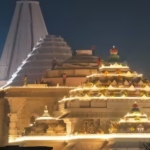

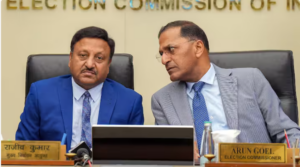

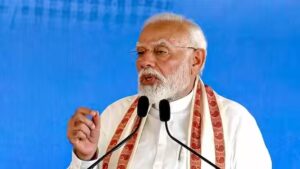
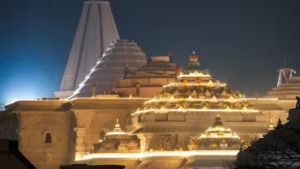
More Stories